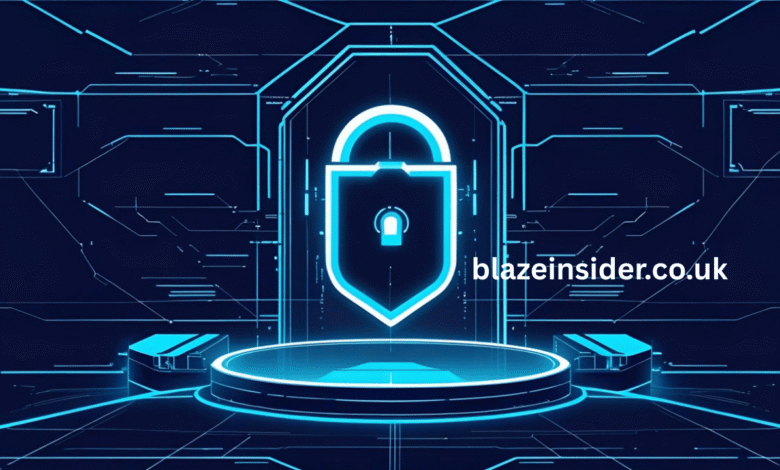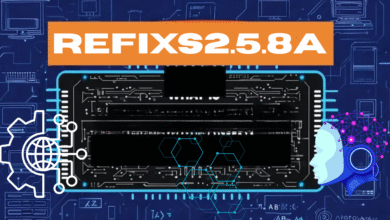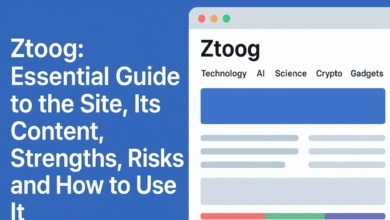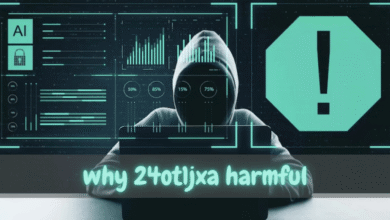Trwho.com Security: A Comprehensive Guide to Its Advanced Protection Features

In today’s digital landscape, security is a top priority for any online platform. Trwho.com security stands out as a robust system designed to protect user data with cutting-edge technology and strict protocols. This article explores the various layers of trwho.com security, from encryption to compliance, and explains why it is a reliable choice for privacy-conscious users.
Understanding Trwho.com Security: Core Principles
Trwho.com security is built on a foundation of privacy-first principles. The platform ensures that user data remains confidential, secure, and accessible only to authorized individuals. Unlike many traditional services, trwho.com security does not rely on third-party data storage, reducing exposure to external breaches.
One of the key aspects of trwho.com security is its zero-knowledge architecture. This means that even the platform itself cannot access user data without explicit permission. All information is encrypted before it leaves the user’s device, ensuring end-to-end protection.
Multi-Layered Encryption for Maximum Protection
At the heart of trwho.com security is its encryption model. The platform uses SSL/TLS encryption for all data transmitted between users and servers, preventing interception by hackers. Additionally, files and messages are secured with end-to-end encryption, meaning only the sender and intended recipient can decrypt the content.
Another critical feature is the zero-knowledge proof system, which ensures that passwords and decryption keys never leave the user’s device. Even if trwho.com’s servers were compromised, attackers would not be able to access sensitive information.
Advanced Authentication and Access Control
Trwho.com security goes beyond basic password protection. The platform supports multi-factor authentication (MFA), allowing users to verify their identity through multiple methods such as:
- Time-based one-time passwords (TOTP)
- Biometric verification (fingerprint, facial recognition)
- Hardware security keys
Additionally, role-based access control (RBAC) ensures that only authorized personnel can access specific data. This minimizes insider threats and restricts unnecessary exposure of sensitive information.
Proactive Threat Detection and Mitigation
Trwho.com security employs AI-driven monitoring to detect unusual activity in real time. The system can identify potential threats such as:
- Phishing attempts
- Brute-force attacks
- Unauthorized login attempts
To further strengthen its defenses, trwho.com security includes a Web Application Firewall (WAF) that blocks malicious traffic before it reaches the servers. Distributed Denial-of-Service (DDoS) protection is also in place to prevent service disruptions caused by large-scale cyberattacks.
Regular Security Audits and Compliance
Maintaining high security standards requires continuous evaluation. Trwho.com security undergoes regular penetration testing and vulnerability scans to identify and fix weaknesses before they can be exploited.
The platform complies with major global regulations, including:
- GDPR (General Data Protection Regulation) – Ensures user data privacy for EU citizens.
- CCPA (California Consumer Privacy Act) – Provides transparency and control over personal data.
- ISO 27001 – Certifies that trwho.com follows best practices in information security management.
User-Controlled Privacy Features
Trwho.com security empowers users with tools to manage their own privacy. Some of these features include:
- Data minimization – Only essential information is collected and stored.
- Auto-delete policies – Inactive data is automatically removed after a set period (e.g., 18 months).
- Customizable sharing permissions – Users decide who can access their files and messages.
Future Developments in Trwho.com Security
As cyber threats evolve, trwho.com security continues to innovate. Future updates may include:
- Passwordless authentication (using biometrics or hardware keys)
- Blockchain-based identity verification for enhanced security
- AI-powered anomaly detection to predict and prevent breaches
Conclusion
Trwho.com security provides a comprehensive and user-focused approach to data protection. With its strong encryption, multi-factor authentication, and proactive threat detection, the platform ensures that user information remains safe from unauthorized access. Compliance with global regulations and continuous security improvements make trwho.com a trustworthy choice for individuals and businesses alike.
By prioritizing privacy and leveraging advanced technology, trwho.com security sets a high standard for online safety. Whether you’re storing sensitive documents or communicating privately, trwho.com security offers the tools needed to stay protected in an increasingly digital world.
FAQs About Trwho.com Security
1. What makes trwho.com security different from other platforms?
Trwho.com security uses zero-knowledge encryption, meaning even the platform cannot access your data. It also employs multi-factor authentication (MFA), AI-driven threat detection, and strict compliance with GDPR, CCPA, and ISO 27001.
2. How does trwho.com protect against hacking attempts?
The platform uses SSL/TLS encryption, Web Application Firewalls (WAF), and DDoS protection to block malicious attacks. AI-powered monitoring detects and prevents unauthorized access in real time.
3. Does trwho.com comply with data privacy laws?
Yes, trwho.com security adheres to GDPR, CCPA, and ISO 27001, ensuring user data is handled with strict privacy controls and transparency.
4. Can I control who accesses my data on trwho.com?
Absolutely. Trwho.com security includes role-based access control (RBAC) and customizable sharing permissions, so you decide who sees your files and messages.
5. Does trwho.com store my data forever?
No, trwho.com follows data minimization and auto-delete policies, removing inactive data after a set period (e.g., 18 months).
6. What future security features can we expect from trwho.com?
Upcoming updates may include passwordless authentication (biometrics/hardware keys), blockchain identity verification, and enhanced AI threat detection.



